BMW is gearing up to shake up one of its most iconic models. The next‑generation 3 Series, scheduled for a 2026 debut, is rumored to bring radical design shifts, advanced tech, and dual powertrain paths — making it possibly the biggest transformation the model has seen in half a century.
What’s Changing: Design, Powertrains & Platform
- The new 3 Series will be split into two distinct versions: a traditional internal combustion model (often referred to under the “G50” name) and an electric version designated “i3” under BMW’s Neue Klasse architecture.
- Spy photos suggest the styling will lean heavily into Neue Klasse’s minimalism: slimmer kidney grilles, more flush surfaces, and tighter proportions.
- On the inside, BMW is expected to adopt a more modern digital cockpit setup, possibly with a long panoramic display merging instrument cluster and infotainment.
- The ICE variant is rumored to keep turbo‑charged four‑cylinder and inline‑six engines, likely with mild hybrid upgrades; the electric i3 will run on BMW’s newer EV platform.
Why It Matters & What’s at Stake
- The 3 Series has long been BMW’s backbone — a best seller and a benchmark in the compact executive sedan class. This shift could re‑define what a 3 Series is and who it appeals to.
- For buyers, it means choosing not just model trim but fundamentally different powertrain philosophies (gasoline vs electric) under the same nameplate.
- The introduction of a pure EV version (i3) under the 3 Series badge signals BMW’s commitment to electrification without abandoning its heritage.
- How well BMW manages customer expectations, transition costs, and brand perception will influence whether this transformation elevates or complicates the 3 Series legacy.
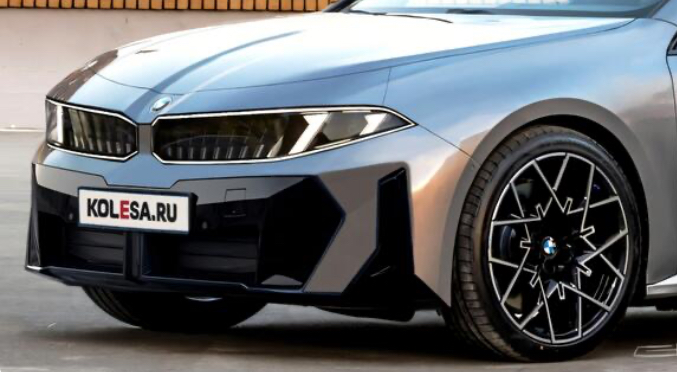
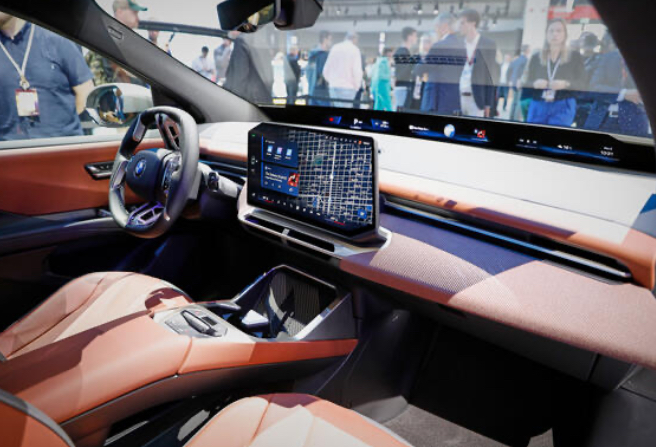
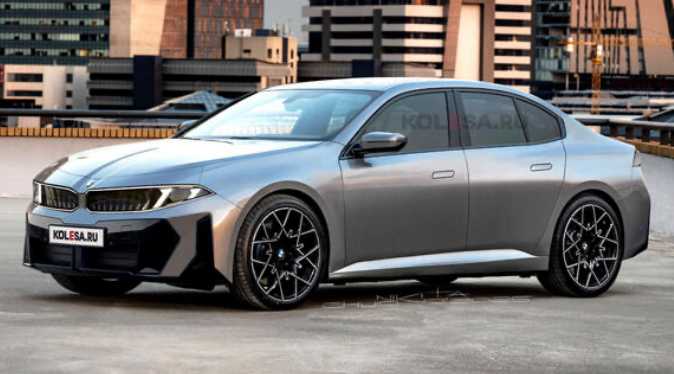
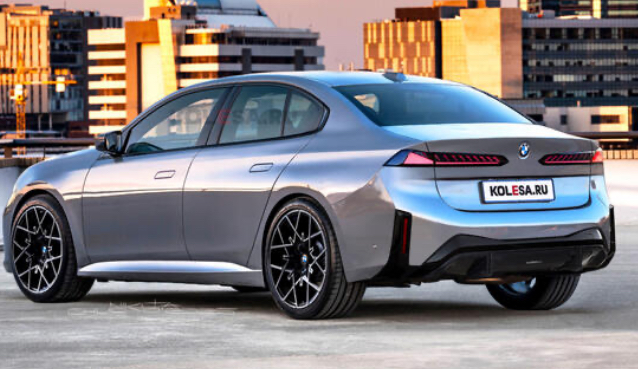



















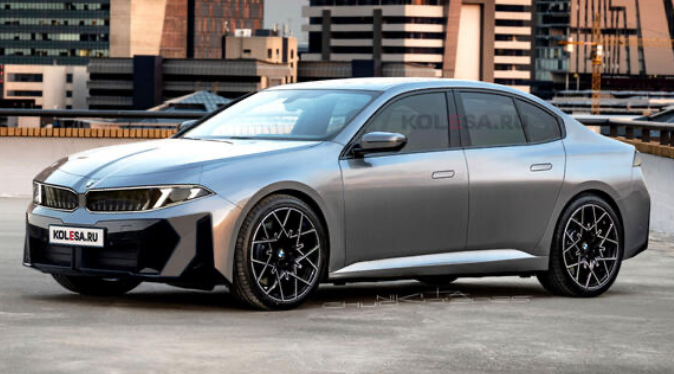
0 Comments